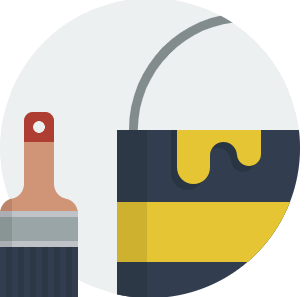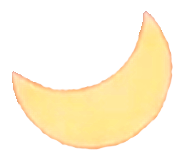Domain Names
While others give you slow legacy DNS, we give you superfast & secure Rocket Cloud DNS, free, with every domain registration & transfer.
Launch Your Website
Sell products & services with WordPress on Google Cloud. Get free set up, migration, premium speed & seo plugins and support.
Google Workspace
Run your business like a pro with business grade Gmail, Docs, Sheets, Drive, Meet and more with free set up and support.
Rocket Email
Run your business like a pro with business grade email, calendar, notes, tasks, docs, drive and more. Includes free set up & support.

Web Design
Don't have time or skill to design, launch, maintain, optimize & secure your website? Let us do that for you so you can focus on your business.

Space Email
Still using personal email that tracks you, sells your data and distracts you with advertisements? Sign up for @Space Email & Work Apps
Advertise here
Deliver your message to tens of thousands of daily visitors to our parking and marketplace portals. To get started, send us a message using the option at the bottom of this page.💘 avoori.com is taken, but we may be able to help you get it.
Brokerage fee: $99.
Guaranteed Response
Engage a dedicated domain broker to reach out to the domain owners. If there is no response, we will refund the brokerage fee.
Seamless Negotiation
Your domain broker takes on the negotiation process, working tirelessly to secure the best possible price from the domain owners.
Secure Transfer
Once the domain owners agree to the sale, you'll only pay the negotiated price plus a 10% commission via Rocket or any other domain sale/escrow service of your choice to secure the domain.
